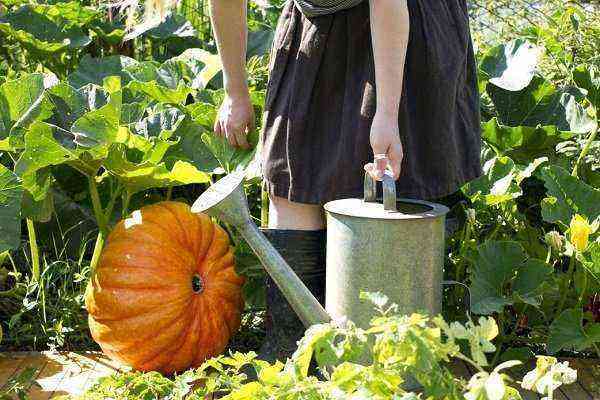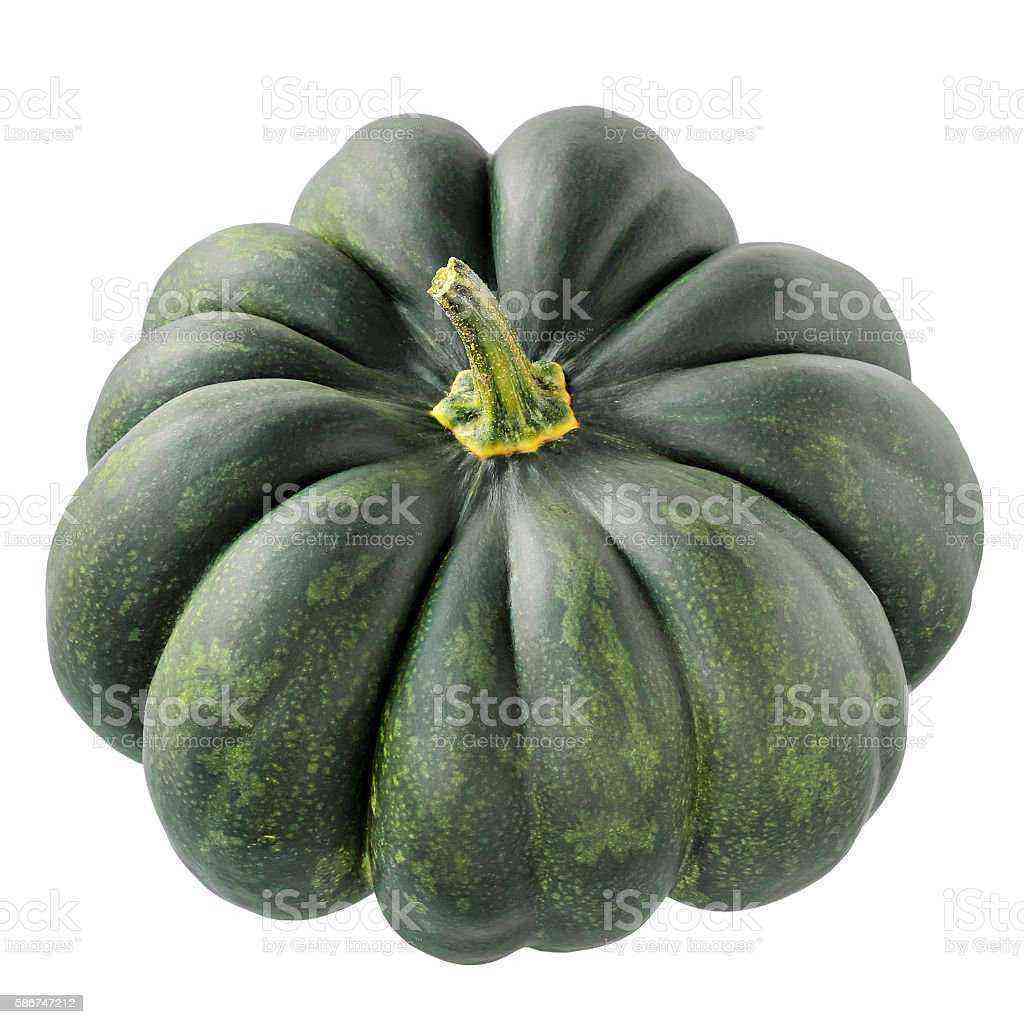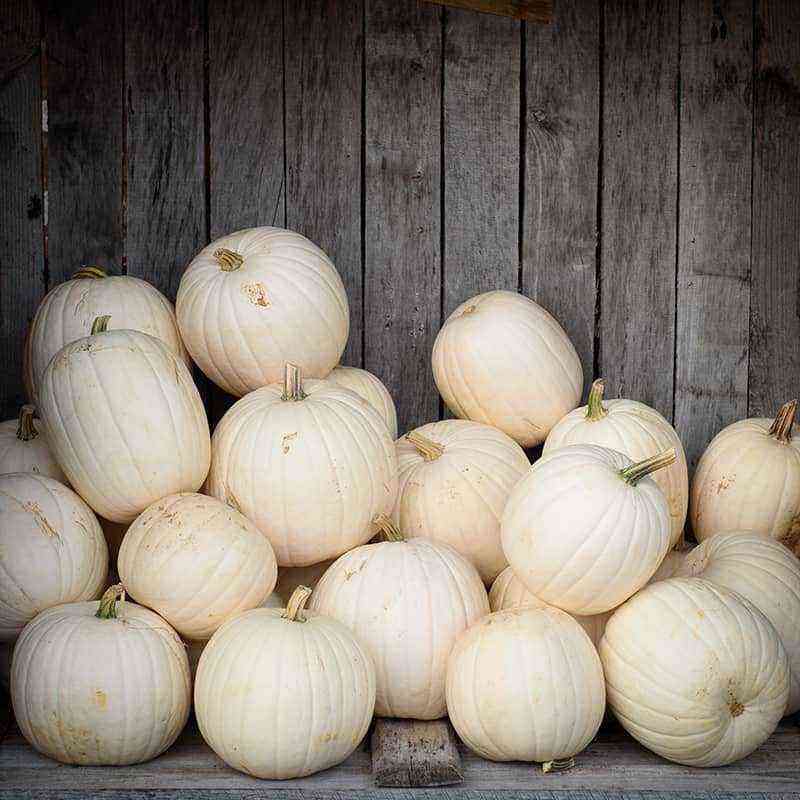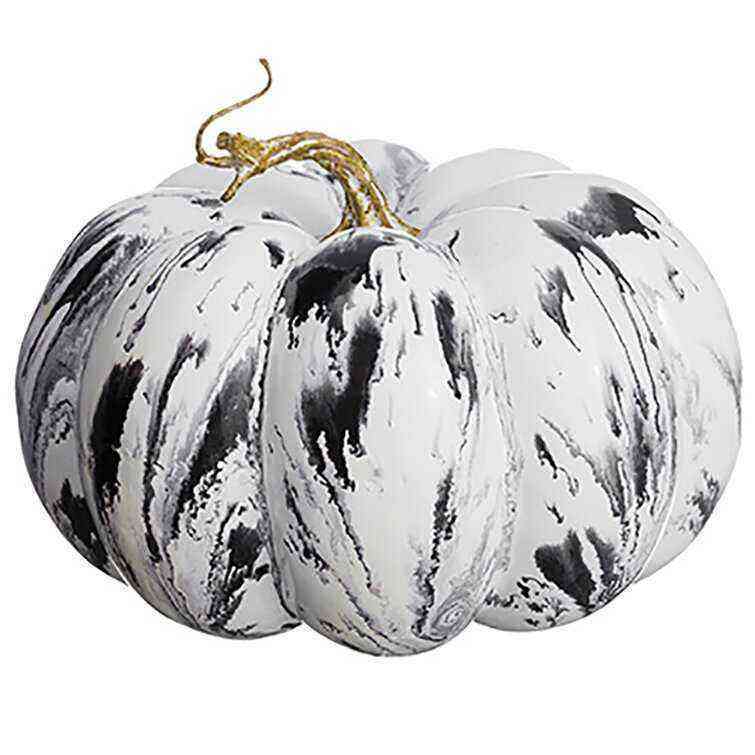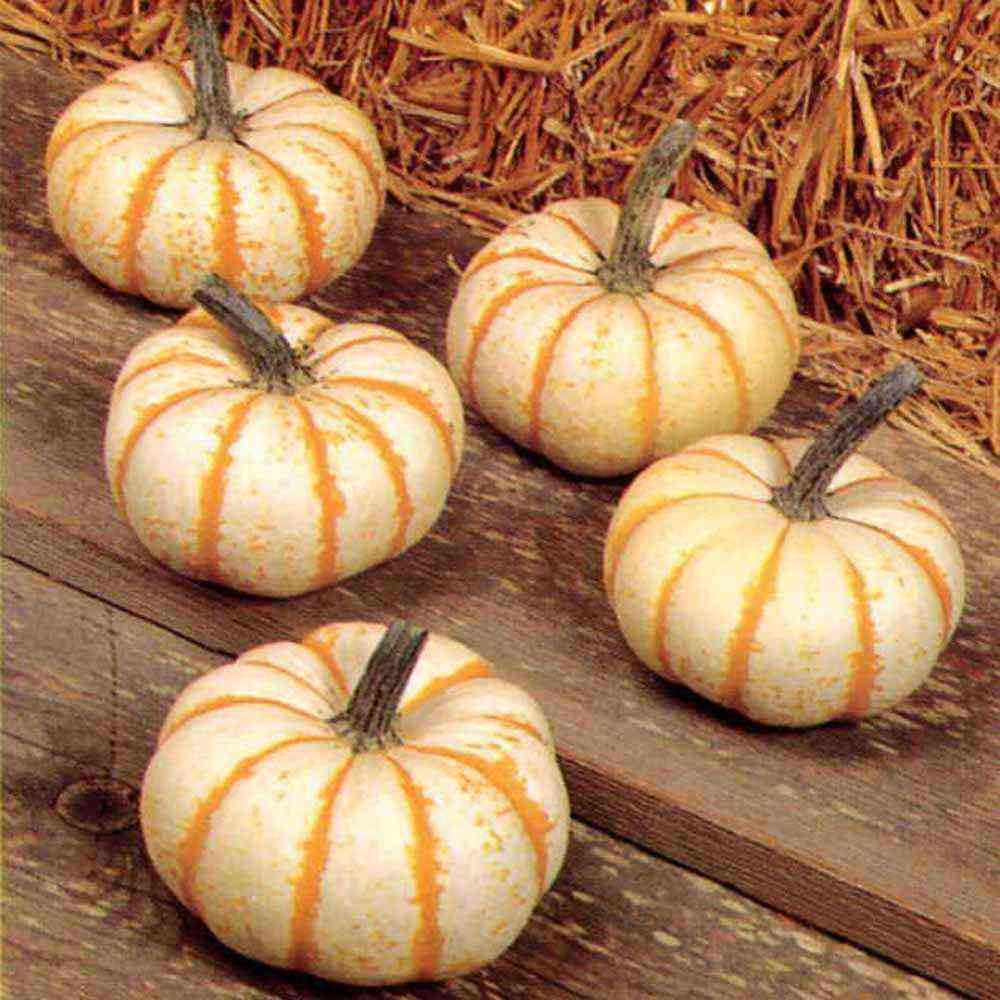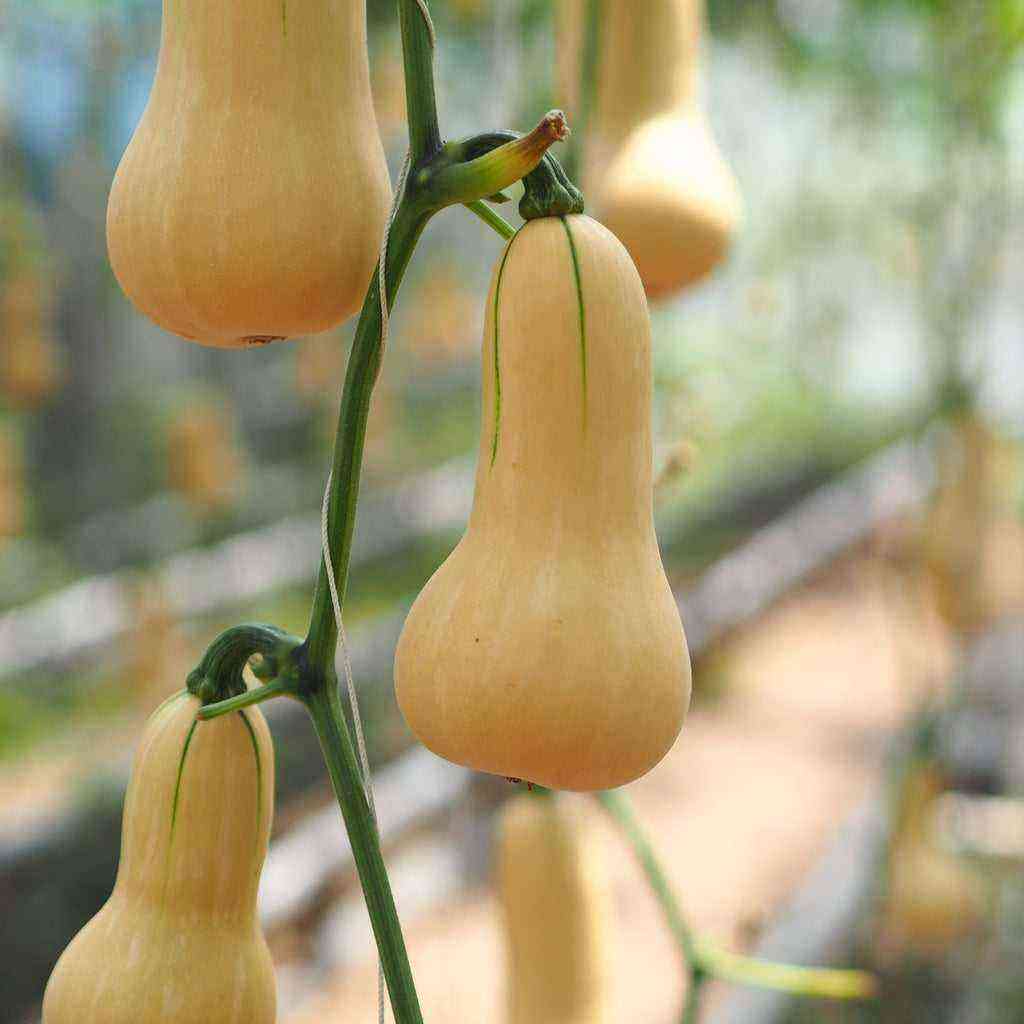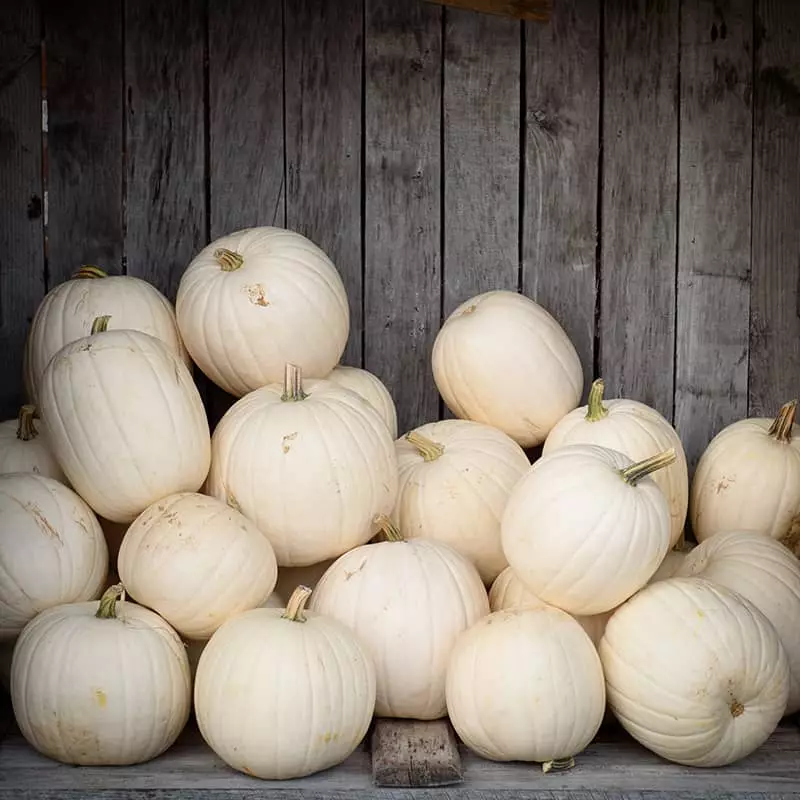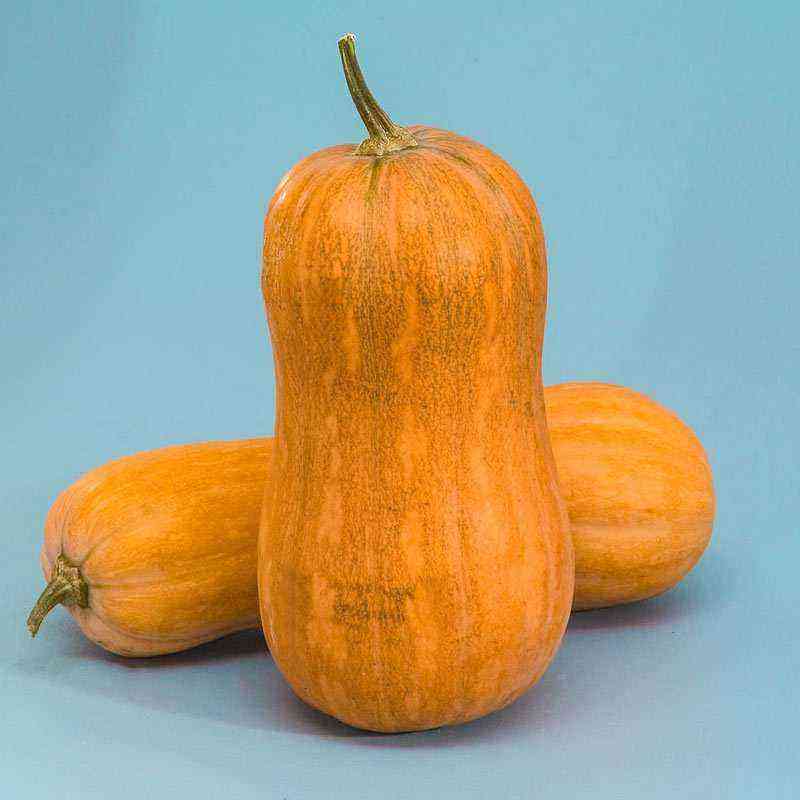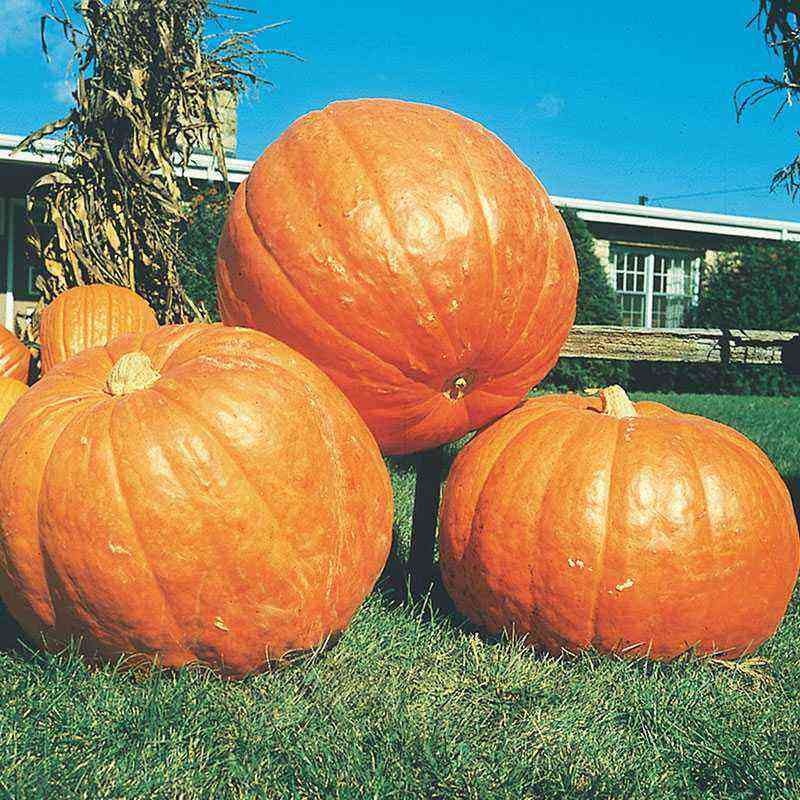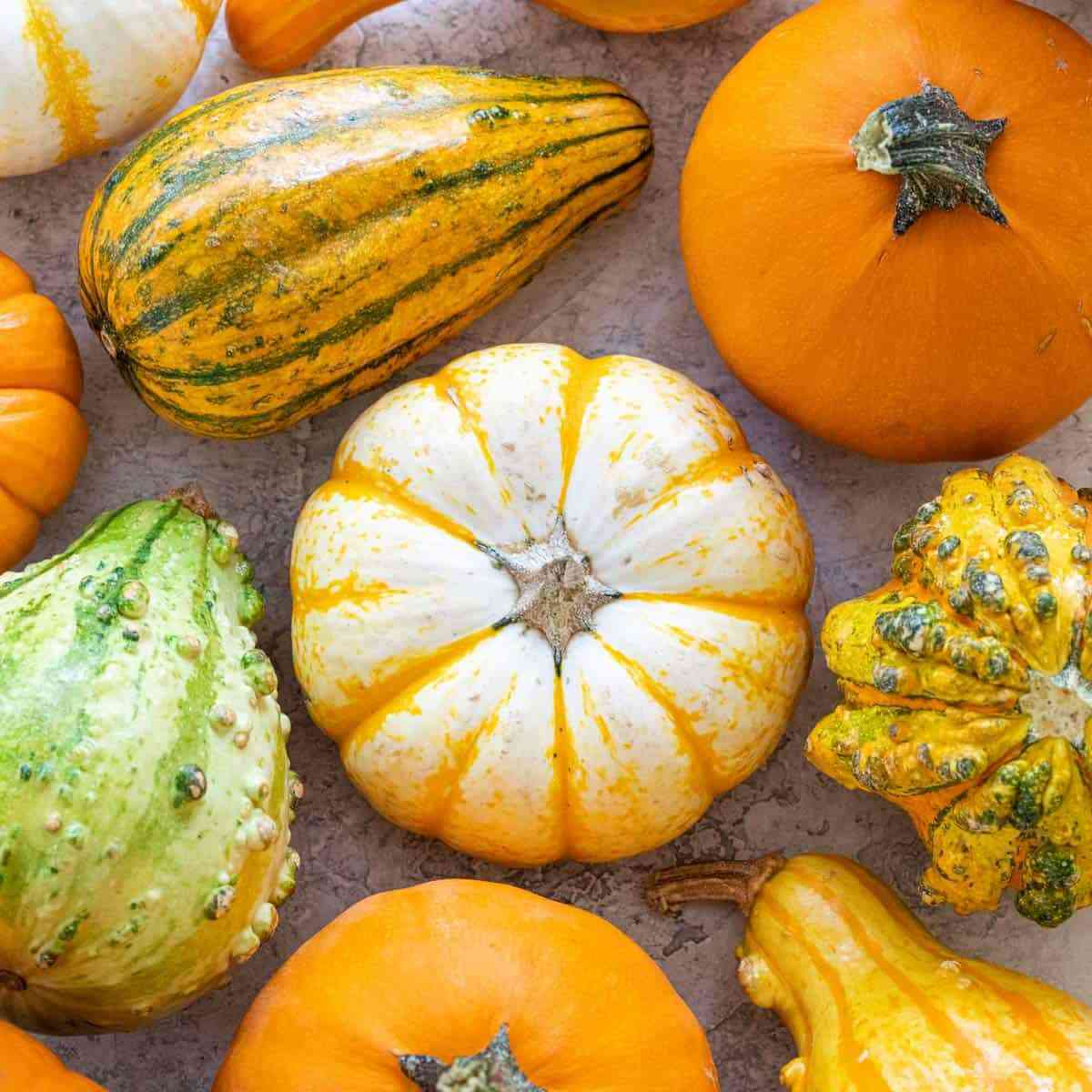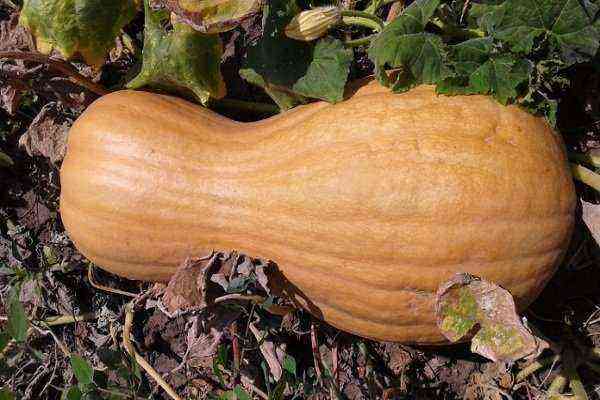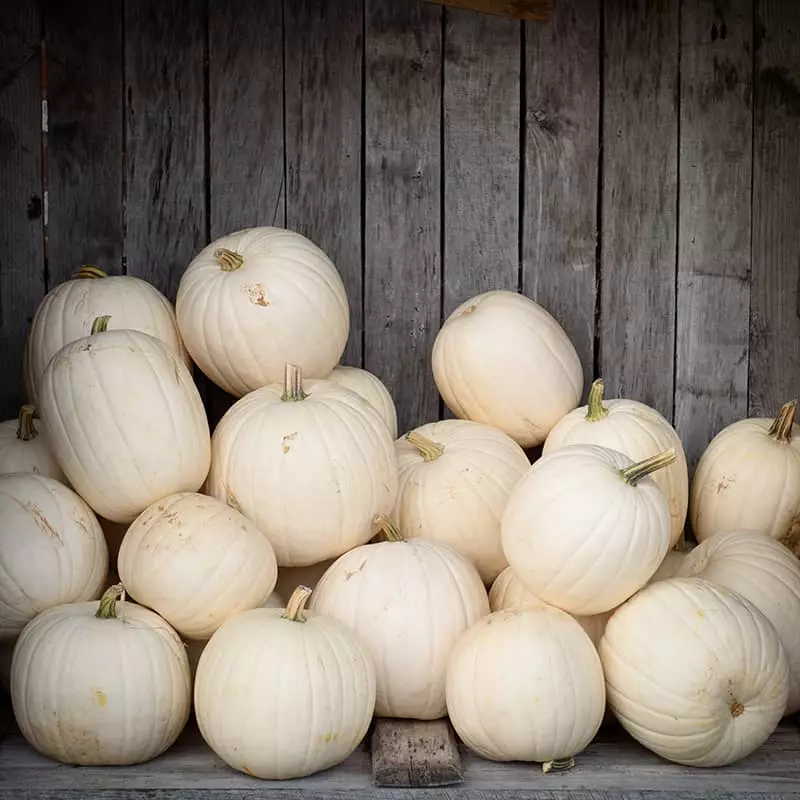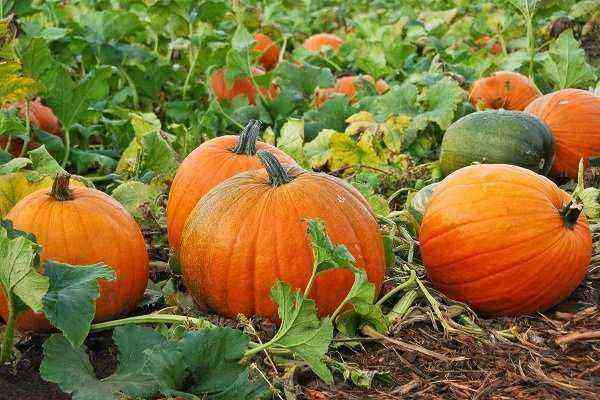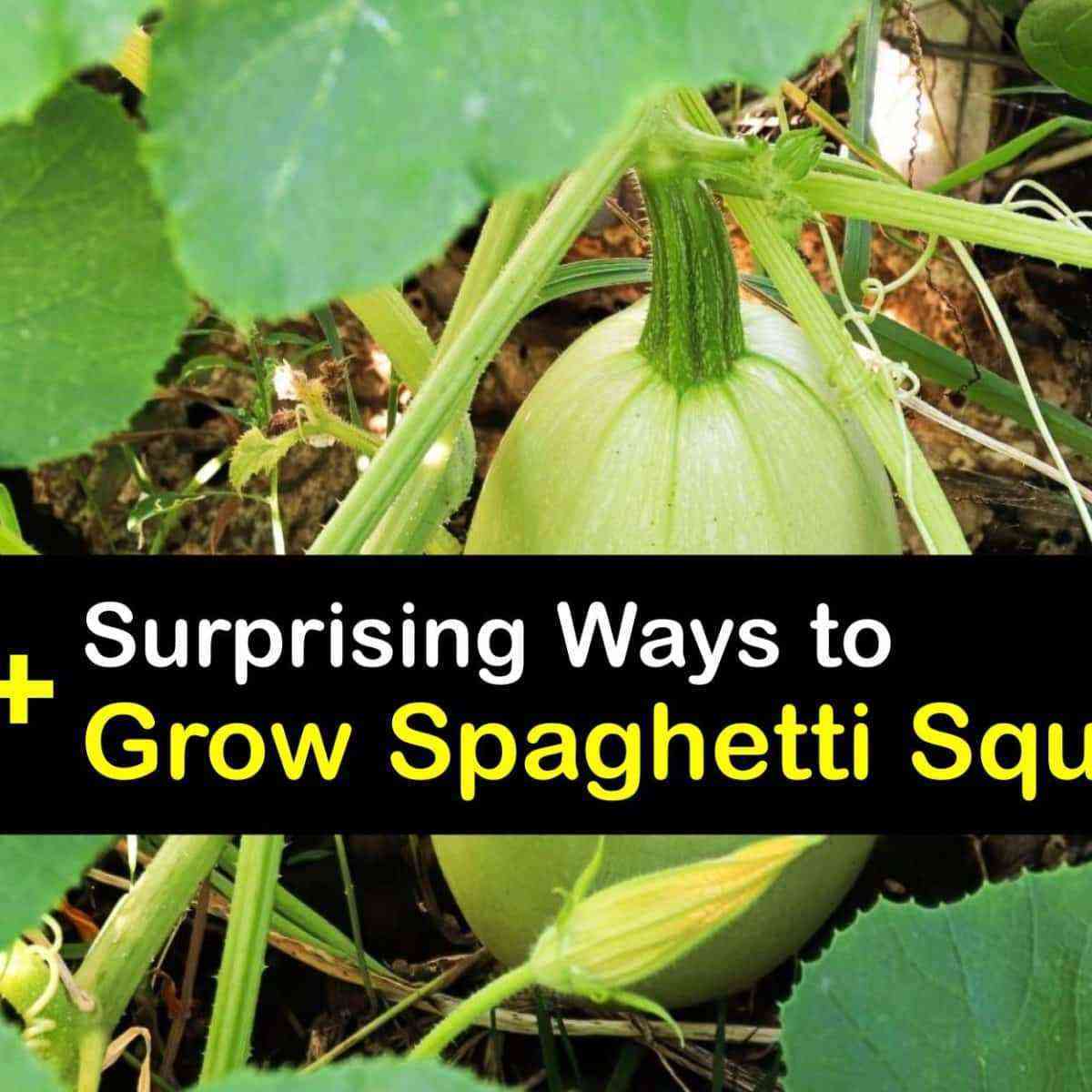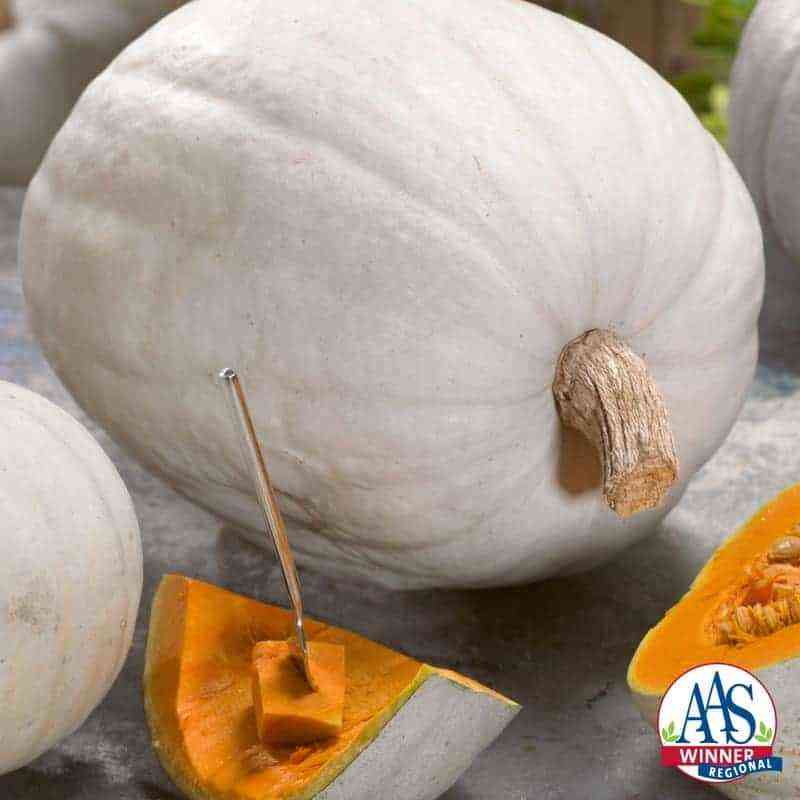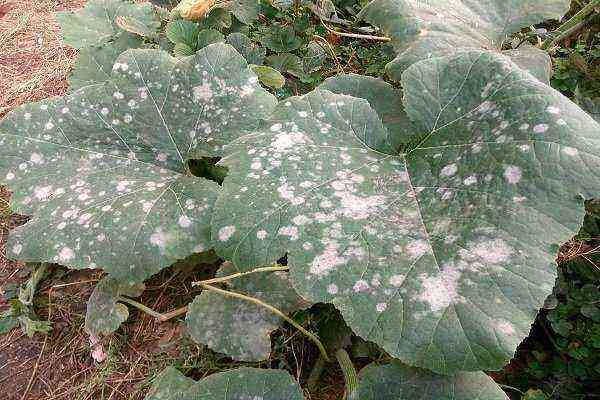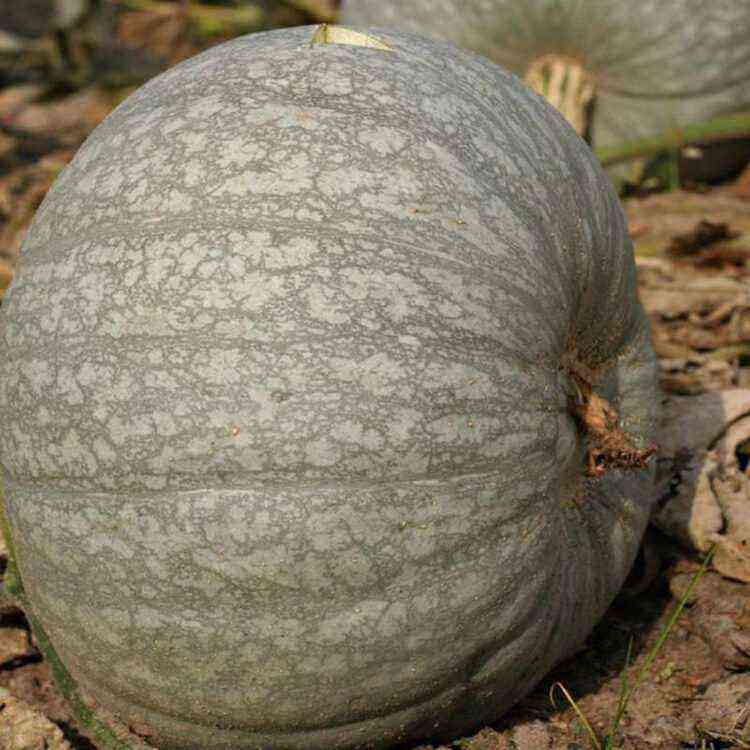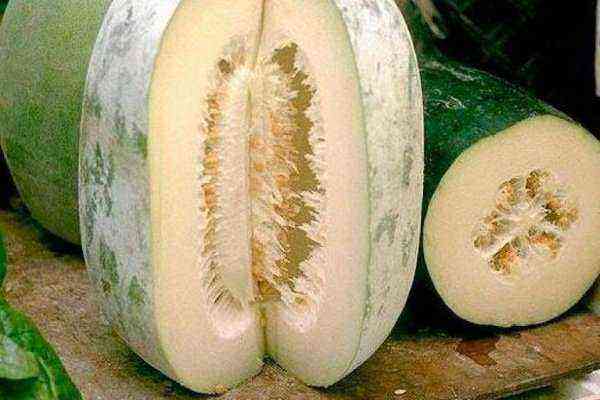Pumpkin requires a lot of nutrients when grown. For its successful cultivation, fertile soil is needed, and in addition it is necessary to use top dressing. For this, different fertilizers are used, each of which plays a certain role.
Why do you need to feed a pumpkin?
Pumpkin fertilizers are extremely important. They provide:
- soil composition optimization;
- good growth and development of culture;
- the formation of ovaries;
- fruit weight gain;
- stimulation of fruit ripening;
- improving the taste of the culture;
- good harvest;
- reducing the risk of diseases and pests.
Duration of fertilizer application
The frequency of fertilizer application for pumpkin depends on many factors. It is necessary to take into account a number of factors: the fertility of the soil, the variety of pumpkin, the method of planting it, the appearance of the plants. Based on this:
- if the land is fertile, then 3-4 dressings are enough;
- on depleted soil, fertilizers are applied up to 7-10 times per season;
- varieties with long lashes need more nutrition, therefore, feeding is carried out more often;
- when planting pumpkin seeds for the first time, it is fed with 5 true leaves, the next time – after flowering is completed;
- when planting seedlings, more dressings are needed: the first time – 1,5 weeks after germination, the second time – a week before transplanting to the garden, the third – 2 weeks after it, the fourth – at the beginning of the formation of lashes;
- culture with its appearance may indicate a deficiency or excess of fertilizers – plantings should be inspected regularly.
The optimal timing for top dressing also depends on the type of fertilizer used.
Ways to fertilize pumpkin
Nutrients can be applied in two ways: root or foliar.
Root
This option involves applying fertilizer under the root. They do it in different ways:
- Watering the crop under the root with dissolved fertilizer. Pre-plants must be watered with plain water to avoid root burns.
- Applying fertilizer to the furrows. The first time they should be deepened by 6-8 cm 15-20 cm from the plant, the second time you need to maintain a depth and distance from the bushes of 10-12 cm.
Foliar
Such top dressing involves spraying the crop. At the same time, the concentration of fertilizer should be halved compared to the root method. Too concentrated dressing will cause leaf burn.
Foliar top dressing of pumpkin is best done during severe drought to ensure normal crop growth. They are also effective in flowering and fruiting.
Foliar top dressing is best done in the evening or early morning. In this case, the leaves will have time to completely absorb the fertilizer. If top dressing is carried out during sunny hours, then the substances will evaporate and become useless.
Types of top dressing for pumpkin
There are several types of fertilizers depending on their chemical composition.
Mineral Fertilizers
They are called mineral fertilizers because they contain various mineral salts. Depending on the amount of nutrients in the composition, they are simple and complex. The first can be nitrogen, phosphorus or potassium, and the second – complex or mixed.
Mineral fertilizers play an important role:
- ensuring the active growth of culture;
- participation in photosynthesis;
- water balance regulation;
- increase in sugar in the composition;
- fruit weight gain;
- increase in yield.
Minerals are essential for growing pumpkins, but they must be used wisely. An excess of fertilizer is bad for the crop.
If you use only minerals, then they are applied three times per season:
- At the stage of formation of two true sheets. For the first feeding, ammophoska or urea is well suited. Enough 15 g of the substance (matchbox) per bucket of water. This amount is designed for 20 bushes.
- During flowering. A complex composition is recommended: dissolve 20 g of potassium sulfate and superphosphate and 10 g of ammofoska in a bucket of water. This amount is designed for 10 bushes, watered under the root.
- At fruiting, when the size of the fruit is equivalent to small apples. For the third top dressing, it is better to use superphosphate and potassium sulfate. A bucket of water will need 15 g of both substances.
Urea is also used on dry days with nutrient deficiencies. Carry out foliar feeding. To do this, dissolve 10-15 g of fertilizer in a bucket of water, insist for half an hour and spray the plantings.
Another option for foliar feeding is 15 g of potassium salt, 30 g of ammonium sulfate and 40 g of superphosphate per bucket of water. The solution is used for spraying, effective after inclement weather.
Organic fertilizing
Organic fertilizers are fertilizers based on substances of plant and animal origin. This applies to manure, compost, peat, green fertilizers. When they decompose, minerals are formed.
The application of organic fertilizers for pumpkin at different stages solves the following tasks:
- participation in photosynthesis;
- positive impact on water and air nutrition;
- promoting the development of beneficial bacteria that provide the root system with available nutrients.
Stages of applying organic fertilizers:
- During sowing. At this stage, it is recommended to use wood ash. It should be applied directly into the wells, 50-100 g of fertilizer for each plant is enough. After you need to water the bed with warm water.
- In the second half of the growing season. Ash is used as a liquid top dressing. A bucket of water will need 100 g of fertilizer. Immediately use for watering, without waiting for the particles to settle.
- Before flowering you can feed the culture with a composition of 10 parts of water, 1 part of manure and 2 glasses of ash. Apply the resulting mixture under the root.
- When flowering and fruiting pumpkin good infusion of mullein. It must be prepared in advance. To do this, pour the mullein with warm water, which should be 5 times more than manure. Infuse the fertilizer for 2 weeks, stirring it occasionally. For top dressing, dilute the infusion in 10 parts of water. Water the pumpkin under the root, spending 1-2 liters of the mixture per bush. Maintain an interval of 2-3 weeks between top dressing.
- When digging beds. At this stage, mullein is used again. Fresh manure is suitable for pumpkins only in autumn, rotted manure is used in autumn or spring. In the first case, you need 4 kg of fertilizer per 1 sq. m, in the second – ten times less. Another option for organic fertilizer is chicken manure. It is also necessary to prepare an infusion from it, diluting it in 20 parts of water. Infuse for 1,5 weeks, stir occasionally. Shed the bed, maintaining a distance from the bushes, as fertilizer can cause a burn of the roots.
You can not use only organic fertilizers, otherwise there will be an excess of nitrogen and a deficiency of potassium, which will lead to the risk of fungal diseases for the crop.
Complex fertilizers
Such fertilizers imply a mixture of different nutrients. Their composition is balanced, so it is enough to correctly calculate the dosage for a particular crop and planting area.
Among the complex dressings for pumpkin, the most effective and popular among gardeners are:
- Nitrofosca. It is recommended to apply it in a dry form at the beginning of the formation of the first leaves. 10 g of fertilizer is enough for one plant. You need to scatter it, then pour water over the bed.
- Azofosca. Complex mineral fertilizer that can be used for dry and liquid dressings. Dry for 1 sq. m contribute 30-40 g of the substance, for liquid top dressing in a bucket of water, dilute 20-30 g of the product.
- Kemira. There are different subspecies of fertilizer, for pumpkins you can use Kemira Universal. The composition of the fertilizer is represented by nitrogen, phosphorus, potassium, selenium and other elements. It can be used for root and foliar applications. In the first option, it is necessary to dissolve 20 g of fertilizer in 10 liters of water, in the second, halve the concentration. Repeat the treatment every 2 weeks. Spraying with such fertilizer is best done during flowering and fruiting.
- Oracle. A bucket of water needs 5 ml of a multi-complex composition. Top dressing is carried out three times – at the stage of 3-5 true leaves, with active growth, with the formation of ovaries. Between treatments should take at least 1,5-2 weeks.
Folk remedies
For dressing pumpkins, many gardeners successfully use folk remedies. They are no less effective than fertilizers from the store.
During the flowering and fruiting of pumpkins, it is effective to make the following fertilizers:
- Add 150 g of granulated sugar and 100 g of raw yeast to a bucket of warm water, stir until completely dissolved, insist in heat for 5 days. Add 4 cups of wood ash and 10 liters of water. Water the pumpkin under the root, for each plant 1 liter of solution.
- Add 10 ml of ammonia to 1 liter of water, mix. Water under the root, for each bush a glass of funds.
- Fill the barrel halfway with grass (preferably nettle), add a bunch of dry grass, a shovel of earth, fill the rest of the volume with water and mix. Infuse for 5 days under a film or lid, stirring the composition daily. Dilute it in 10 parts of water and water the grooves 1 liter per bush.
Proper feeding of pumpkins allows you to achieve many goals: the chemical composition of the soil is optimized, the crop receives the necessary elements for good growth and development. With timely fertilization, the pumpkin will please with a good harvest and large fruits.
